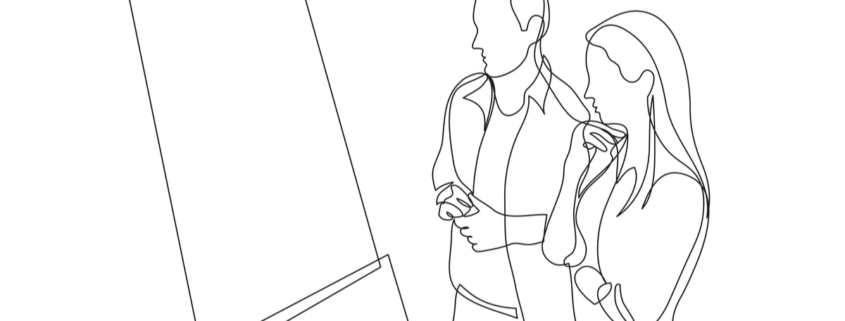You Can Observe a Lot by Watching
Yogi Berra was right. You can, in fact, observe a lot by watching. The baseball great—one of the game’s greatest catchers and ambassadors—who passed away in 2015, didn’t set out to be a communications icon, but the little delights of his catchphrases have lived on far beyond the baseball diamond.
I referenced this particular yogi-ism in a 2018 blog but felt drawn to call it back up this week, in part because of what I’ve been observing.
Observation is so much more than just watching, or listening–it’s a much deeper mental process. Observation allows us to understand information in new ways; it helps us see what’s possible, what’s feasible, and what’s avoidable. Observation is also a tool to identify and address gaps or biases that might be hiding in our own communications styles, but it’s not always employed in that way.
Think on this: How much time do you spend observing your own communications style and what do you do with the information you collect? How often are you inviting in feedback from your colleagues or peers, and how is their feedback informing your future communications?
There’s a reason I ask, and it’s because I observe on a nearly daily basis that when organizational or team breakdowns occur, communications is always at play. In this digital world, with Zoom, email, and text messages as our primary communications tools, so much gets lost in translation. How many misunderstandings could be avoided simply by improving the clarity of our own communications?
Later this week, the Mission Forward podcast is going to rebroadcast a conversation that I had back in 2018 with Pulitzer Prize winning science journalist Ed Yong, who shared with me the moment he first observed gender bias in his writing, and how we went about addressing it. As Ed and I discussed, bias can get in the way of us observing the full picture. But we can choose to acknowledge it and work to address it.
Give yourself some extra time to observe this week. Pay attention to how others receive your communications, and if there’s bias hiding in your delivery. What might change in how you deliver future communication to make sure your message isn’t lost in translation?
Because as Yogi knew, “you can observe a lot just by watching.”
This is column 4 of the Finding The Words column, a new series published every Wednesday that delivers doses of communication insights direct to your inbox. If you like what you read, we hope you’ll subscribe to ensure you receive this each week.





 Check out our new
Check out our new